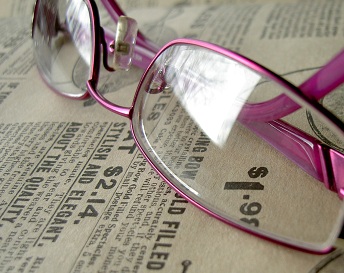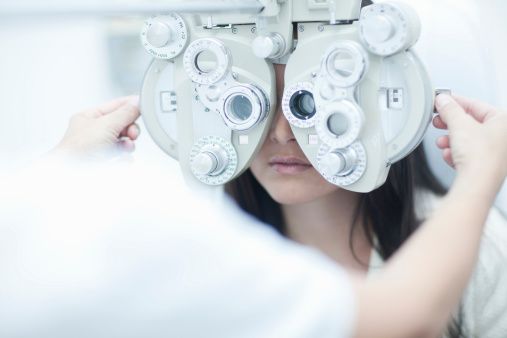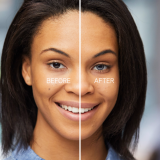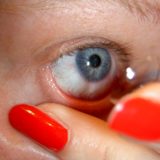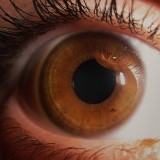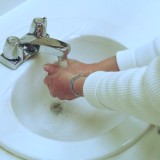Changes in Vision That Come with Age
It’s no surprise that as we age, our body continues to change in new ways. Our metabolism slows down, our skin relaxes a bit, and we become a bit more vulnerable to age-related health conditions such as high cholesterol. And as beautiful as aging is, with all that wisdom comes a new predisposition to issues with your vision.
Age-Related Eye Conditions
Your eyes have been working even since before you were born. And after about 40 plus years of constant use, everyone has a little wear and tear which turns into a condition called presbyopia. Presbyopia is the age-related loss of your close up vision. This condition occurs in everyone as they age, and usually becomes noticeable at around mid-life, when many people start using readers.
Another age-related disease that we’re more susceptible to as we grow older is cataracts. With cataracts, your lens which is made up of water and proteins becomes clouded from the protein molecules expanding and sticking together over time. This causes your vision to become dull and unfocused. Fortunately, technology allows us to replace the lens with a new artificial one once the condition is full on.
With age also comes the risk of glaucoma. Glaucoma occurs when there is damage to the optic nerve from an increase in pressure on the eye that typically develops over time. The optic nerve is the one that carries all the visual information from the eye to the brain where it’s interpreted. Glaucoma is the second largest cause of blindness – so it is incredibly important to stay up to date on screening for it. There is also no true cure for glaucoma but it can be controlled with medicated drops that lower the pressure.
Age-Related Macular Degeneration, also known as AMD, occurs when we start to lose our central vision. Unlike glaucoma, our peripheral sight stays intact, but due to leaking blood vessels directly under the retina which damage cells, central vision is blotched out. There are two different types of AMD: Dry AMD is the beginning stages of AMD and can lead into wet AMD, which causes severe vision loss.
Last but not least, your body tends to be “drier” as you age making a dry eye syndrome a high likelihood. Realistically, anyone can get dry eye syndrome from being dehydrated, straining their eyes, or just environmental factors. But as you get older, your body naturally loses moisture, including in your eyes. This condition is more prevalent in women than man, and occurs around the time of mid-life. You can get this surgically modified or use drops prescribed by your optometrist inside America’s Best.
Aging is a part of life and it is beautiful in its own way. But your health becomes more and more important as years go by. Stay on top of your eye health with annual visits to your optometrist inside your local America’s Best store. Find your nearest location at www.americasbest.com




